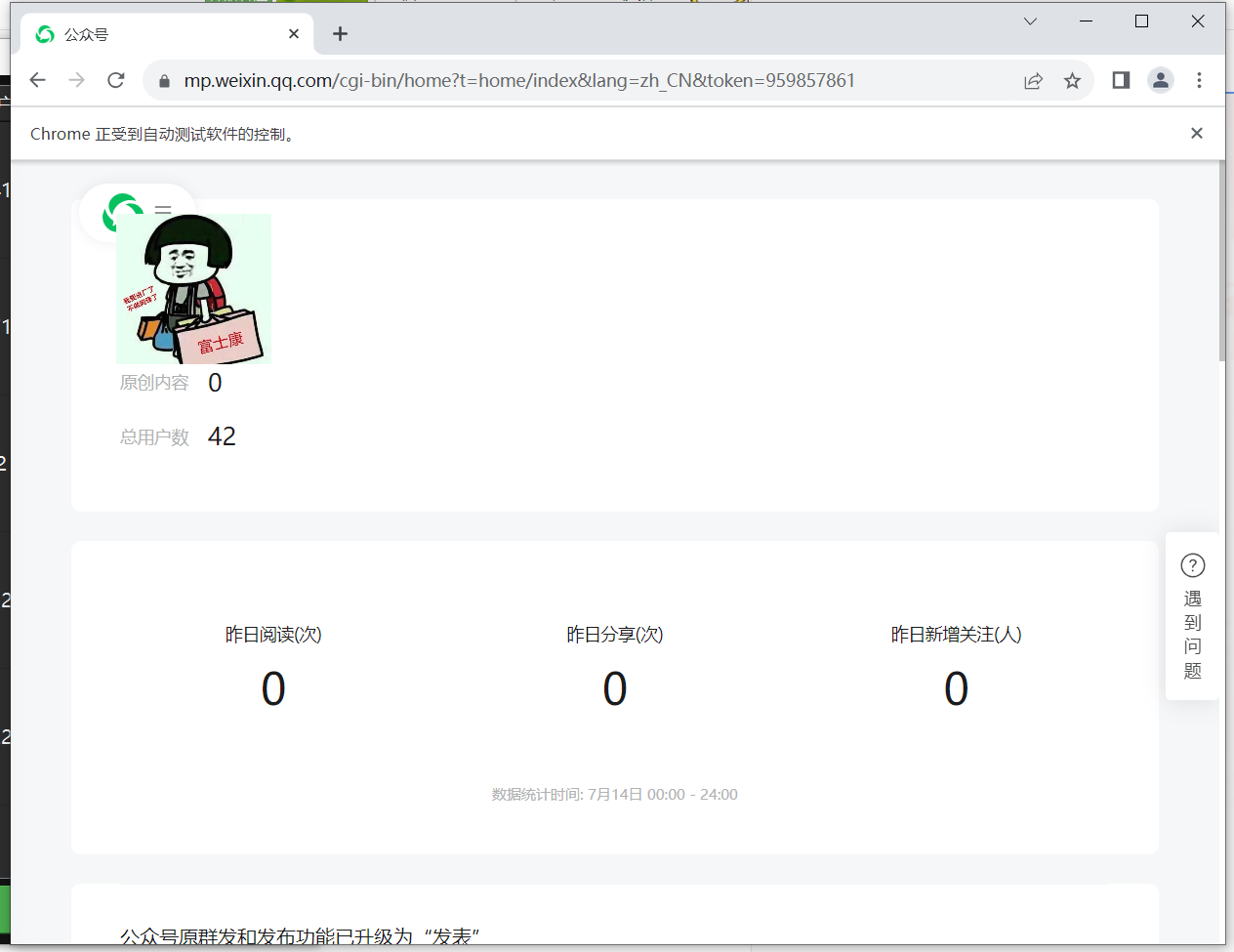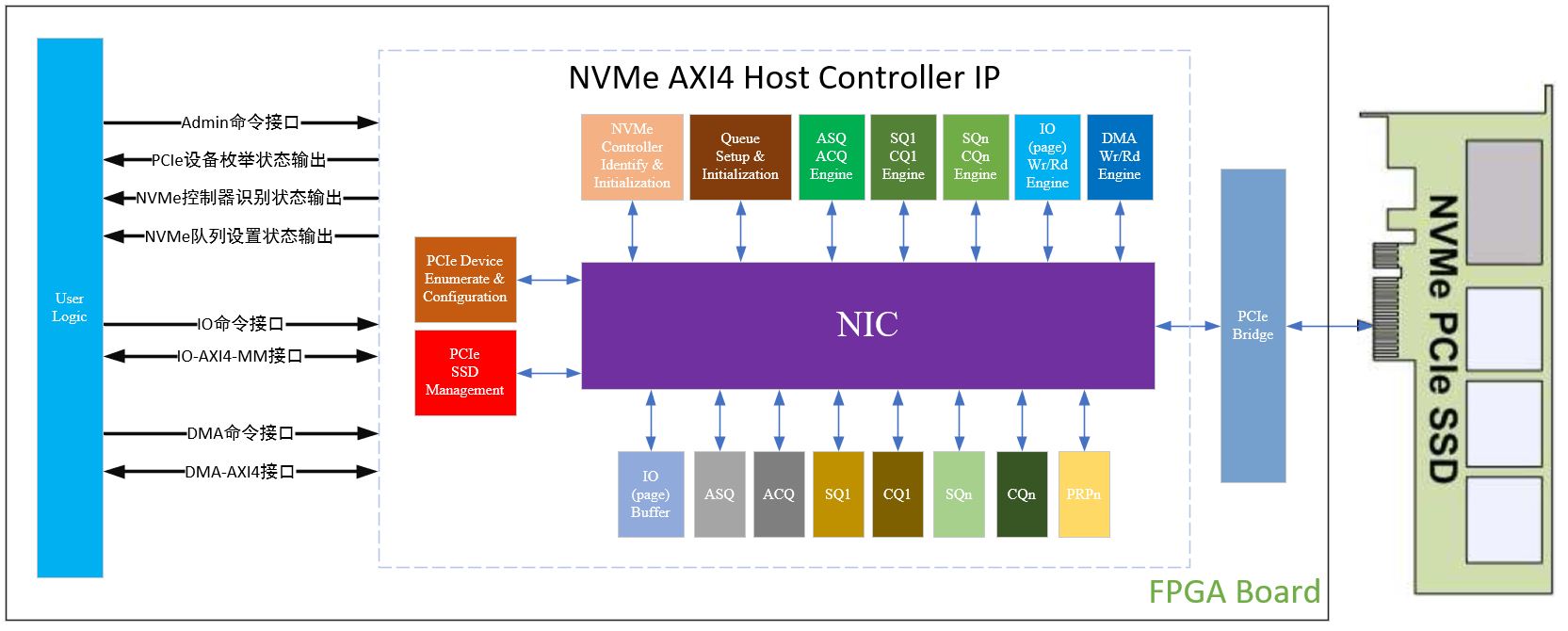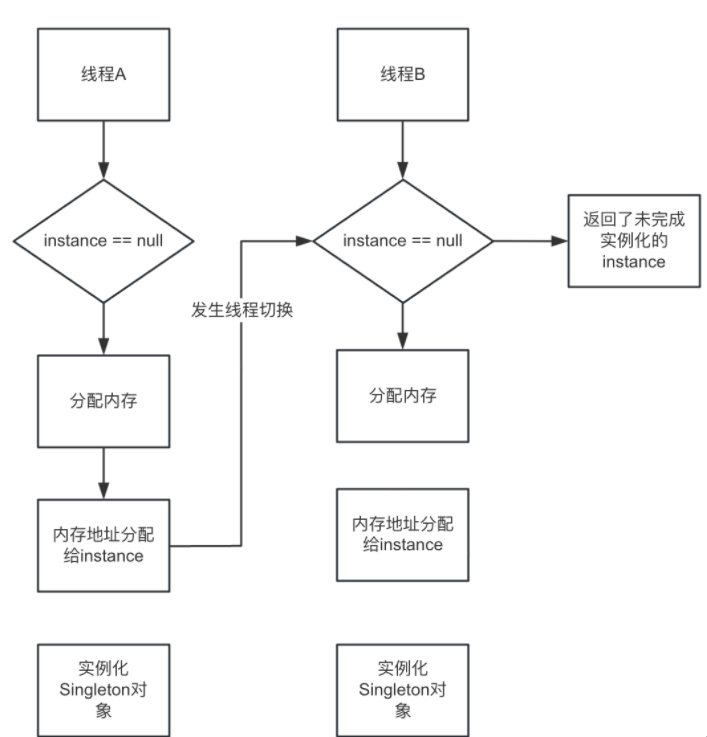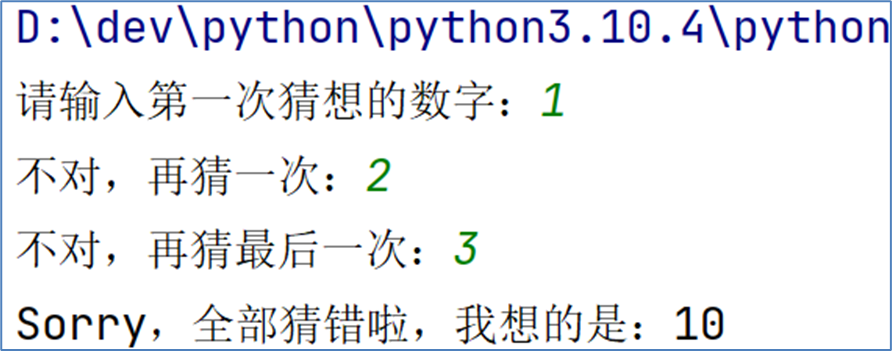data工具,实现了对象拷贝 DTO -> VO 只需要实现一个类即可
data-utils
data工具,实现了对象拷贝DTO —> VO
解决的问题
Mapstruct需要安插件!!!!很多云桌面等会很不方便
org.springframework.beans.BeanUtils有一个 copyProperties的方法
@Data @AllArgsConstructor @NoArgsConstructor public class AccountDTO {private Long id;private String username;private String password;private String gender;private String email;private String role;private Date registerTime;private Integer isDelete; } @Data public class AccountVO {private String username;private String gender;private String role;//男 1 女 0private String genderNum;private Integer isDelete; }
比如我们有两个类 DTO 和 VO 在给前端VO的时候,需要把DTO 转换成VO 我们需要这样写 遇到genderNumDTO类里没有的这种情况,我们需要手动set的时候,是下面这种写法
import com.example.entity.AccountVO;@Data public class DataTest {@Testvoid contextLoads1() {AccountDTO accountDTO = new AccountDTO(1L, "test", "123456", "男", "112@qq.com", "user", new Date(), 1);AccountVO accountVO = new AccountVO();BeanUtils.copyProperties(accountDTO, accountVO);accountVO.setGender(Objects.equals(accountDTO.getGender(), "男") ? "1" : "0");System.out.println(accountVO);} }
有两个缺点:
1.VO需要手动new一个出来
2.如果VO里面有很多字段需要手动set的时候,会把代码写的很长
3.如果遇到集合里面想要转换, sonar还会报不让在循环中创建对象的问题
BaseData的作用
BaseData代码(项目里只要有这个就可以)
import com.example.common.Constants; import com.example.common.ErrorCode; import com.example.exception.BusinessException; import org.springframework.util.ReflectionUtils;import java.lang.reflect.*; import java.util.Arrays; import java.util.function.Consumer;public interface BaseData {/*** 默认方法,根据传入的Class3类型将当前对象转换为目标对象并执行操作** @param clazz 目标类* @param consumer 可以写lambda表达式比如* accountDTO.asTargetObject(AccountVO.class,v->{* v.setGenderNum(Objects.equals(accountDT0.getGender(),"男")?"1":"0");* });* consumer是这段* v->{* v.setGenderNum(Objects.equals(accountDT0.getGender(),"男")?"1":"0");* }*/default <V> V asTargetObject(Class<V> clazz, Consumer<V> consumer) {// 调用 asTargetObject 方法将当前对象转换为目标对象V v = this.asTargetObject(clazz);// 执行传入的Consumer操作 consumer.accept(v);return v;}/*** 默认方法 将当前对象转换为目标对象** @param clazz 目标类* @param <V> 目标类类型 如AccountVO* @return 转换完的目标类*/default <V> V asTargetObject(Class<V> clazz) {try {// 获取目标类的所有字段Field[] declaredFields = clazz.getDeclaredFields();// 获取目标类的构造函数Constructor<V> constructor = clazz.getConstructor();// 根据构造函数实例化目标对象V v = constructor.newInstance();// 遍历目标类的每个字段,并进行转换试值Arrays.stream(declaredFields).forEach(declaredField -> convert(declaredField, v));return v;} catch (ReflectiveOperationException e) {// //捕获ReflectiveOperationException异常,抛出自定义的BusinessExceptionthrow new BusinessException(ErrorCode.CAST_OBJECT_ERROR);}}/*** 默认方法,将字段转换并赋值给目标对象* @param field VO剩余的字段,自定义* @param vo 要转换的VO*/default void convert(Field field, Object vo) {try {// 获取当前对象中与目标字段同名的字段Field source = this.getClass().getDeclaredField(field.getName());// 设置字段可访问 ReflectionUtils.makeAccessible(field);ReflectionUtils.makeAccessible(source);// 获取当前对象中获取字段值的方法和目标对象中设置字段值的方法,并进行转换赋值Method sourceGetter = this.getClass().getMethod(Constants.GET + capitalize(field.getName()));Method targetSetter = vo.getClass().getMethod(Constants.SET + capitalize(field.getName()), field.getType());Object value = sourceGetter.invoke(this);targetSetter.invoke(vo, value);} catch (NoSuchFieldException | InvocationTargetException | IllegalAccessException |NoSuchMethodException ignored) {// 这里ignored 原因是// 两个类的字段数量不一样的时候,会报 java.lang.NoSuchFieldException// 但是多出来的字段我们是可以处理的 }}/*** 默认方法,将字符串首字母大写* @param str 比如字段名 name* @return 返回 Name*/default String capitalize(String str) {if (str == null || str.isEmpty()) {return str;}return Character.toUpperCase(str.charAt(0)) + str.substring(1);} }
1.实现对象深拷贝
@Data public class DataTest {@Testvoid contextLoads1() {AccountDTO accountDTO = new AccountDTO(1L,"test","123456","男","112@qq.com","user",new Date(),1);AccountVO accountVO = accountDTO.asTargetObject(AccountVO.class,v->{v.setGenderNum(Objects.equals(accountDTO.getGender(), "男") ? "1" : "0");});System.out.println(accountVO);} }
1.实现对象Collection深拷贝(List Set...)
@Data public class DataTest {@Testvoid contextLoads2() {AccountDTO accountDTO = new AccountDTO(1L,"test","123456","男","112@qq.com","user",new Date(),0);AccountDTO accountDTO2 = new AccountDTO(2L,"test2","123456","女","112@qq.com","admin",new Date(),1);List<AccountDTO> accountDTOList = new ArrayList<>();accountDTOList.add(accountDTO);accountDTOList.add(accountDTO2);List<AccountVO> list = accountDTOList.stream().map(source -> source.asTargetObject(AccountVO.class, v-> {v.setGenderNum(Objects.equals(source.getGender(), "男") ? "1" : "0");})).collect(Collectors.toList());list.forEach(System.out::println);}@Testvoid contextLoads3() {AccountDTO accountDTO = new AccountDTO(1L,"test","123456","男","112@qq.com","user",new Date(),1);AccountDTO accountDTO2 = new AccountDTO(2L,"test2","123456","女","112@qq.com","admin",new Date(),0);Set<AccountDTO> accountDTOSet = new HashSet<>();accountDTOSet.add(accountDTO);accountDTOSet.add(accountDTO2);Set<AccountVO> set = accountDTOSet.stream().map(source -> source.asTargetObject(AccountVO.class, v-> {v.setGenderNum(Objects.equals(source.getGender(), "男") ? "1" : "0");})).collect(Collectors.toSet());set.forEach(System.out::println);} }
实现步骤
1. dto 实现 BaseData接口 @Data @AllArgsConstructor @NoArgsConstructor public class AccountDTO implements BaseData {private Long id;private String username;private String password;private String gender;private String email;private String role;private Date registerTime;private Integer isDelete; } 2. dto.asViewObject(Target.class); 3. 如果 Target 还有其他字段 也可以自定义,例如测试用例中的genderNum(只是简单举的例子,按照项目实际来) 4. `isDelete` 这种is开头的也支持 1. 如果有问题,看下lombok版本是否有问题 此项目用的版本是 1.18.28 没问题 2. 如果没用lombok 手动加上getIsDelete() 用这个格式就可以了
注意
两个类 相同的字段名的字段类型 必须完全一样!!!
 data工具,实现了对象拷贝 DTO -> VO
data工具,实现了对象拷贝 DTO -> VO










